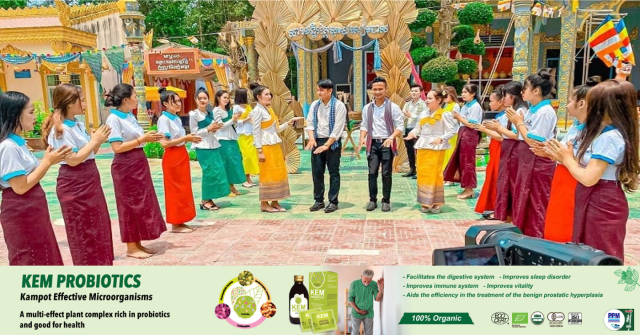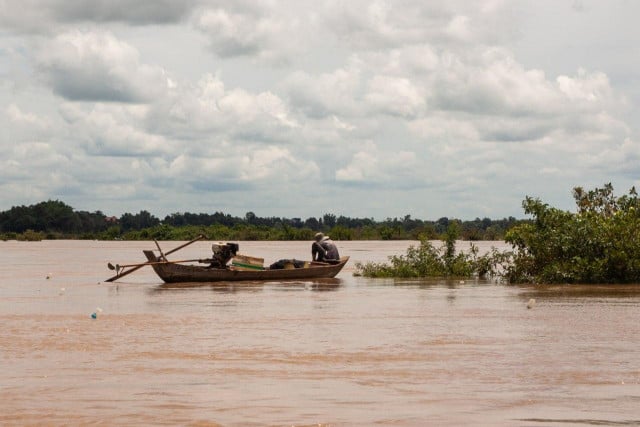Kampuchea Krom Youth Committed to Preserving Khmer Traditions at New Year

- By Ou Sokmean
- April 14, 2024 9:15 PM
PHNOM PENH — As people of Kampuchea Krom celebrate Khmer New Year, also known as Choul Chnam Thmey, young members in their community don’t fail to include popular games and dances according to tradition.
During the 3-day Khmer New Year celebrations that began on April 13, students and people who work away from home return to their hometowns to reunite with their families, clean the houses, and prepare offerings for Buddhist monasteries and for the new year angel who, according to tradition, comes down to bring happiness and good weather for the harvest of the year.
People with Khmer roots in the Kampuchea Krom community of Southern Vietnam also celebrate. As Bun Mony, president of the Khmer Kampuchea Krom Association, explained, many young people take part in traditional games such as throwing dice, tug-of-war, beating the pot, hiding the towel, jumping the sack, and many more.
“Most of the young people in Kampuchea Krom never fail to go to the pagoda during the day and evening of the New Year to celebrate, dance the traditional dances, and play games like our Cambodian counterparts,” he said. They tend to go to Wat Deum Ampil, Wat Leak Vong, and Wat Chhung Thom pagodas in Khleang and Preah Trapeang provinces, he added.
According to Mony, Khmer Krom youths will make a point of wearing traditional Khmer clothes for those celebrations at pagodas. “Young people of Kampuchea Krom are very focused on this aspect of the Khmer traditional festival,” he said. “They know the traditions and customs, and respect them as they meet relatives and friends.”
The president of the Khmer Kampuchea Krom association also noted that, during Khmer New Year, most young people bring food to offer to the Buddhist monks at the pagodas.
At this point, there are more than 400 Buddhist pagodas in the provinces where most Khmer Krom people live.















